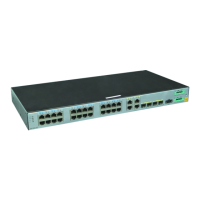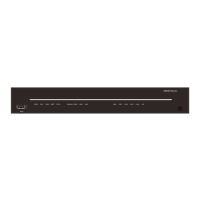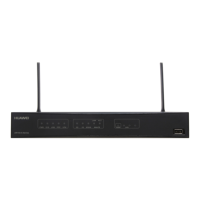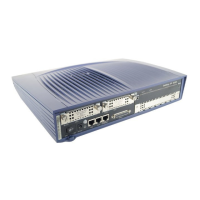Figure 1-4 Architecture of the IEC62056 protocol suite
TCP/IP
IEC62056-47 -Wrapper Sublayer
IEC62056-53-COSEM Application Layer
IEC62056-62-Interface classes
3G/GPRS, FE, and SFP
IEC62056-61-OBject Identification
System (OBIS)
IEC62056 protocol suite
Communication mode
An AR500 can communicate with a front end processor through 3G/GPRS or FE/SFP. The
AR500 uses the IEC62056 protocol suite to communicate with a front end processor over the
TCP/IP layer.
l IEC62056-61 defines the OBject Identification System (OBIS). OBIS provides a unique
identifier for all data within a metering device, including the measurement values and
abstract values used for configuring the metering device or obtaining information about the
behavior of the metering device.
l IEC62056-62 classifies data items in the OBIS defined in IEC62056-61 and uses object
modeling to construct interface classes for meter communication. It also defines metering
device functions, data display, and data exchange modes.
l IEC62056-53 (COSEM application layer) defines data communication services for
accessing methods and attributes of COSEM interface objects. The COSEM application
layer converts information into byte strings, which are then transmitted between application
layers by a lower-layer communication protocol. This communication mode isolates object
models from lower-layer communication protocols. For communication media of various
types, the program selects the matching lower-layer communication protocol, without
affecting the COSEM application layer and object modeling.
l IEC62056-47 defines the wrapper sub-layer, which is a lightweight, nearly stateless entity.
The wrapper sub-layer adapts to the OSI-style service set, provided by the COSEM
transport layer, to UDP or TCP function calls.
Huawei AR500 Industrial Switch Routers
Feature Description - AMI 1 Feature Description - AMI
Issue 01 (2013-5-10) Huawei Proprietary and Confidential
Copyright © Huawei Technologies Co., Ltd.
9

